Choosing flooring for a home with underfloor heating involves more than just style—it requires technical compatibility, long-term performance, and thermal efficiency. This is where engineered wood flooring stands out as a smart and practical option. Its multi-layered structure provides exceptional stability, making it far less prone to warping or cupping when exposed to fluctuating temperatures. Compared to traditional solid wood, which expands and contracts significantly with heat, engineered flooring maintains its shape and integrity, allowing it to work harmoniously with radiant heating systems.
The key lies in the construction. Engineered wood flooring consists of a top layer of genuine hardwood bonded to several layers of plywood or other core materials, each laid at 90-degree angles. This cross-laminated design minimizes movement and increases resistance to heat and moisture, two major factors that impact floor longevity. When heat rises from the subfloor, these layers ensure an even distribution without causing stress to the wood. The result is not only a warm, comfortable surface underfoot but also a long-lasting floor that looks and feels like real wood.
Proper installation is critical to unlocking the full benefits of this flooring technology. Floating floors are often recommended for their flexibility and ease of installation, but glued-down methods can also be effective if moisture levels are properly managed. Regardless of the technique, it's important to let the engineered floorboards acclimate to the room temperature before installation. An experienced installer will also ensure that expansion gaps are respected and that the right underlay is used—ideally one designed for underfloor heating—to maximize thermal conductivity and system efficiency.
When paired correctly, engineered wood flooring and underfloor heating offer a blend of modern convenience and timeless design. Homeowners can enjoy the luxurious appeal of oak, walnut, or hickory finishes without sacrificing the technical requirements of their heating system. At Jesonwood, we engineer our flooring specifically for this kind of versatility, ensuring that each board delivers consistent performance and visual harmony, whether installed in a cozy bedroom or a bright open-plan kitchen.
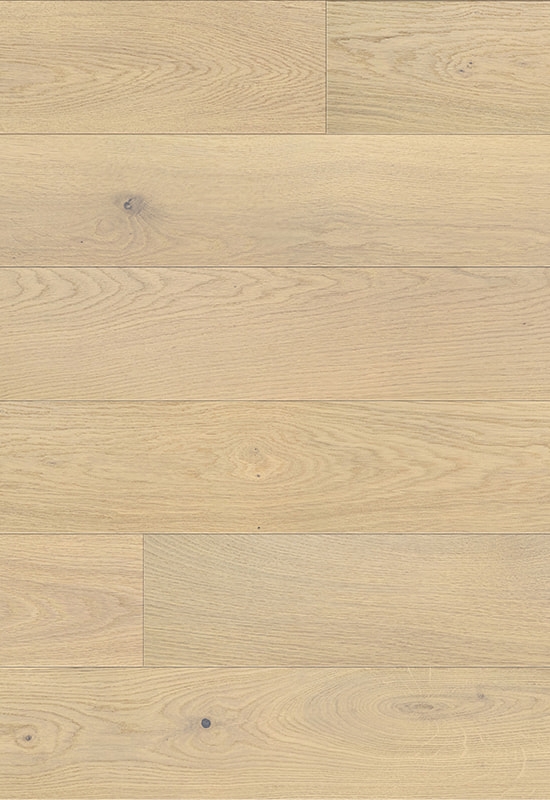
One of the most common concerns people have is whether Engineered wood flooring will limit the efficiency of their underfloor heating. Fortunately, due to the thinner hardwood top layer and the optimized core structure, heat transfers through engineered floors more readily than through solid hardwood. However, it's crucial to manage surface temperatures properly—generally keeping them below 27°C—to protect the finish and ensure comfort. With the right system and smart thermostat controls, the entire setup becomes not just efficient, but also energy-saving.
Maintenance is also a breeze. Unlike tiles or laminates, which can feel cold or artificial, engineered wood flooring offers a warm, tactile surface year-round. It can be cleaned with standard wood-safe products and, depending on the thickness of the wear layer, even refinished if needed. Jesonwood offers a range of finishes that are designed to resist daily wear and are fully compatible with underfloor heating, giving homeowners both peace of mind and design freedom.
Engineered flooring is not a compromise—it's a thoughtful choice that reflects a balance between design ambition and real-world functionality. If you're planning a renovation or new build with radiant heating in mind, investing in engineered wood flooring is not just recommended; it's often the best long-term solution. With Jesonwood’s experience in crafting reliable, high-performance flooring products, we’re confident you’ll find a perfect match for your space and heating system.


 English
English 中文简体
中文简体 Français
Français
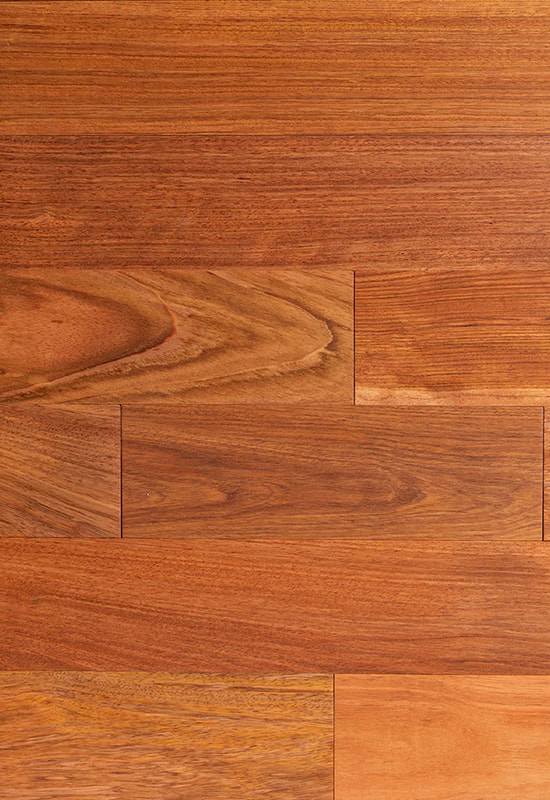
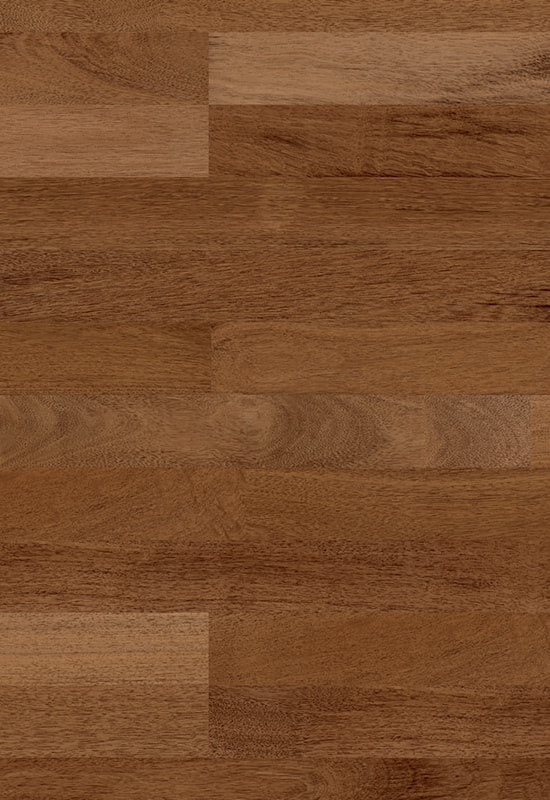
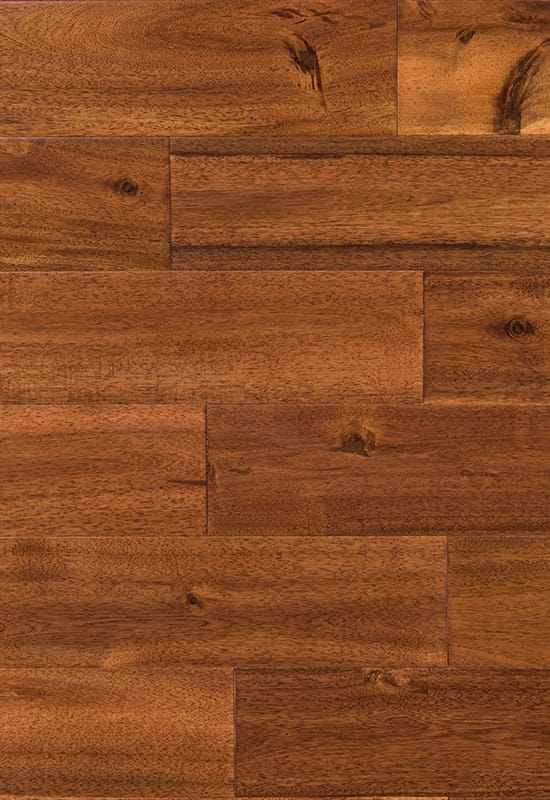
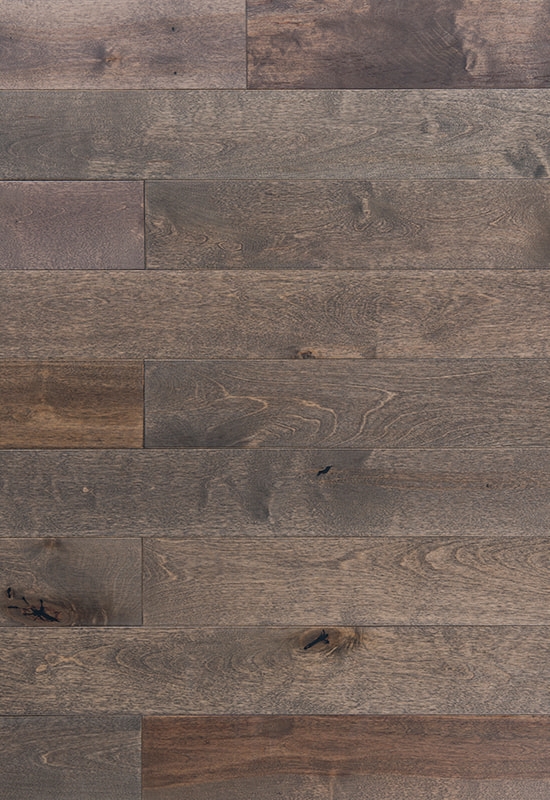
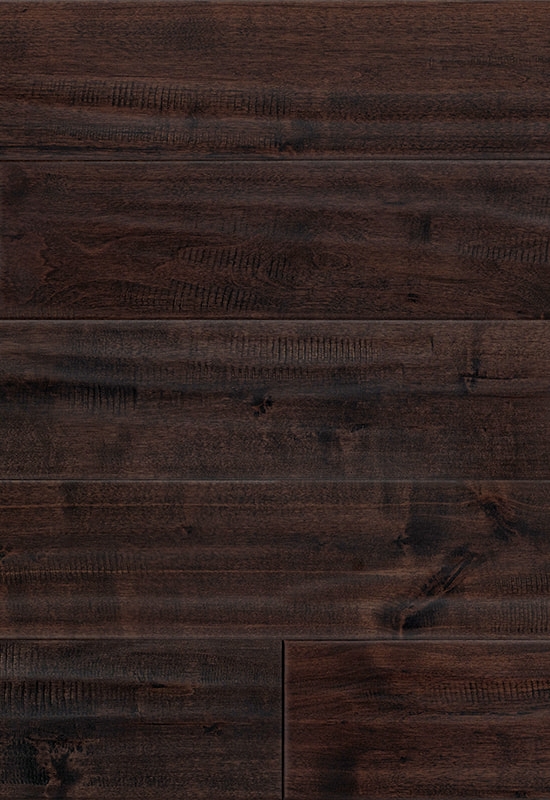
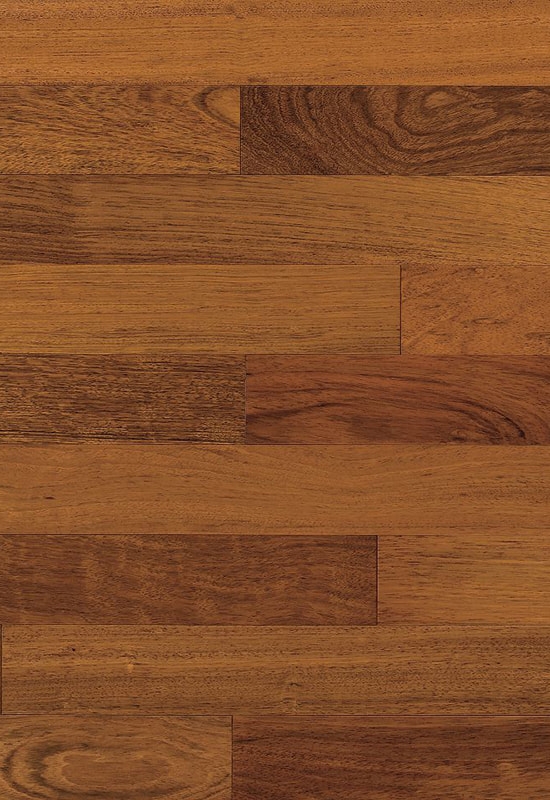
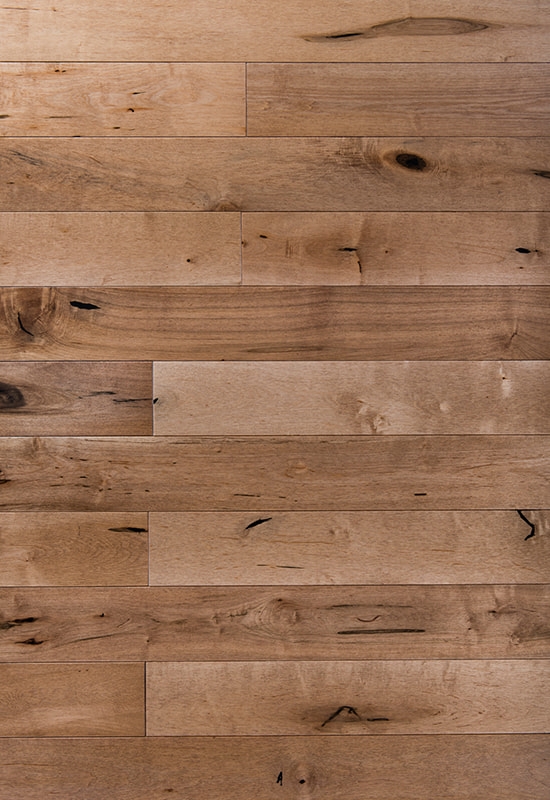
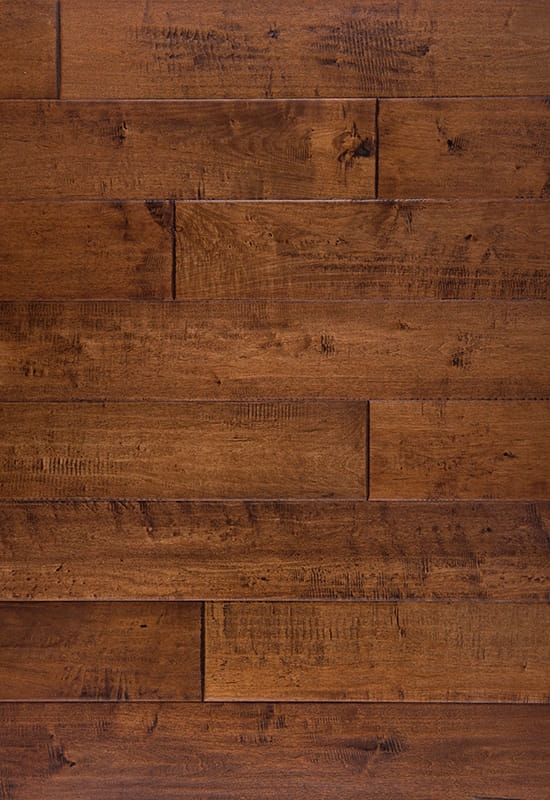
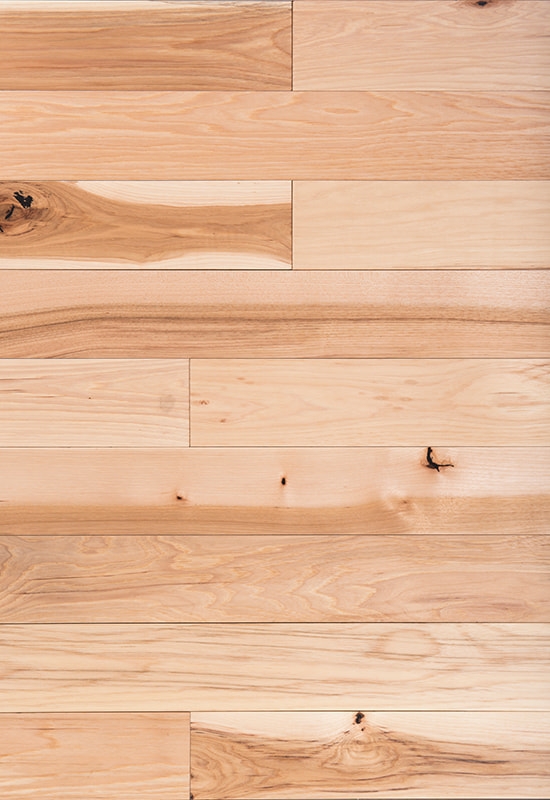
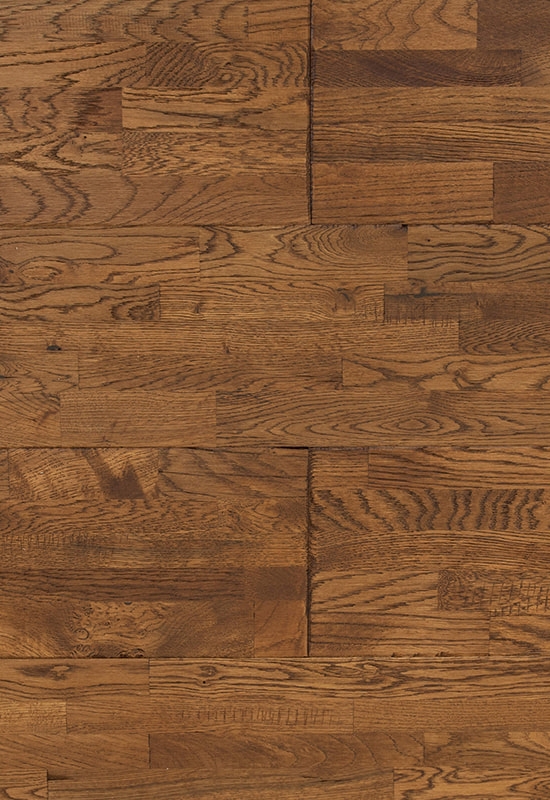
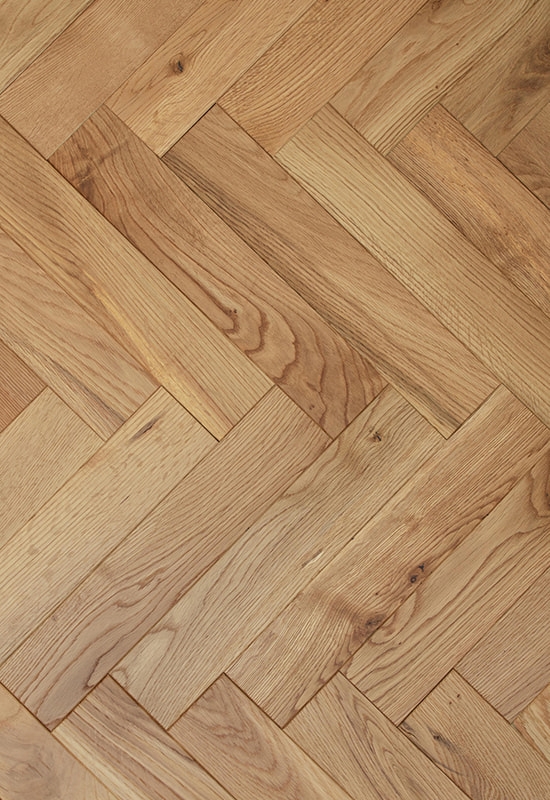
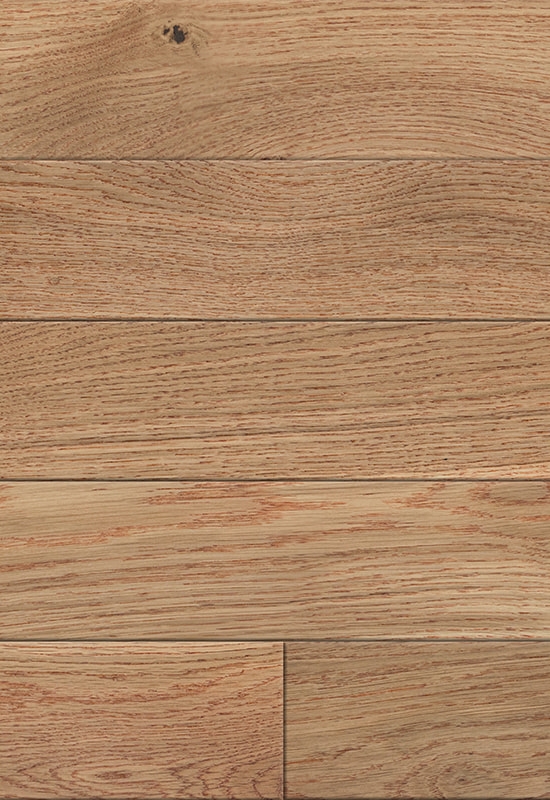

 +86-572-2118015
+86-572-2118015 No.598. Gaoxin Road, Huanzhu Industrial Zone, Huzhou City, Zhejiang Province, China, 313000
No.598. Gaoxin Road, Huanzhu Industrial Zone, Huzhou City, Zhejiang Province, China, 313000 